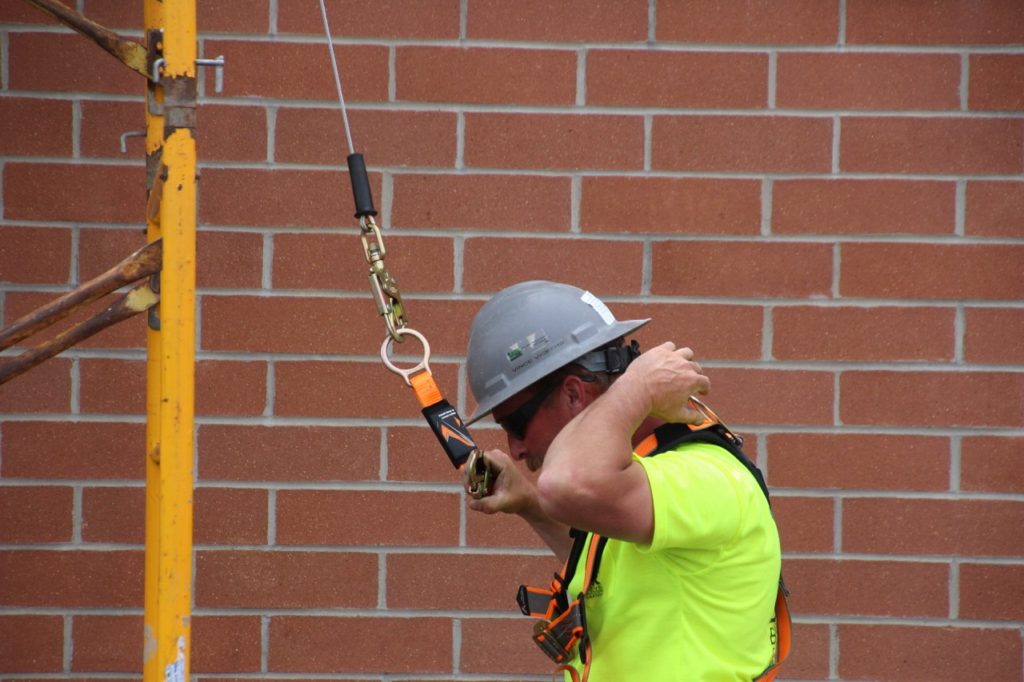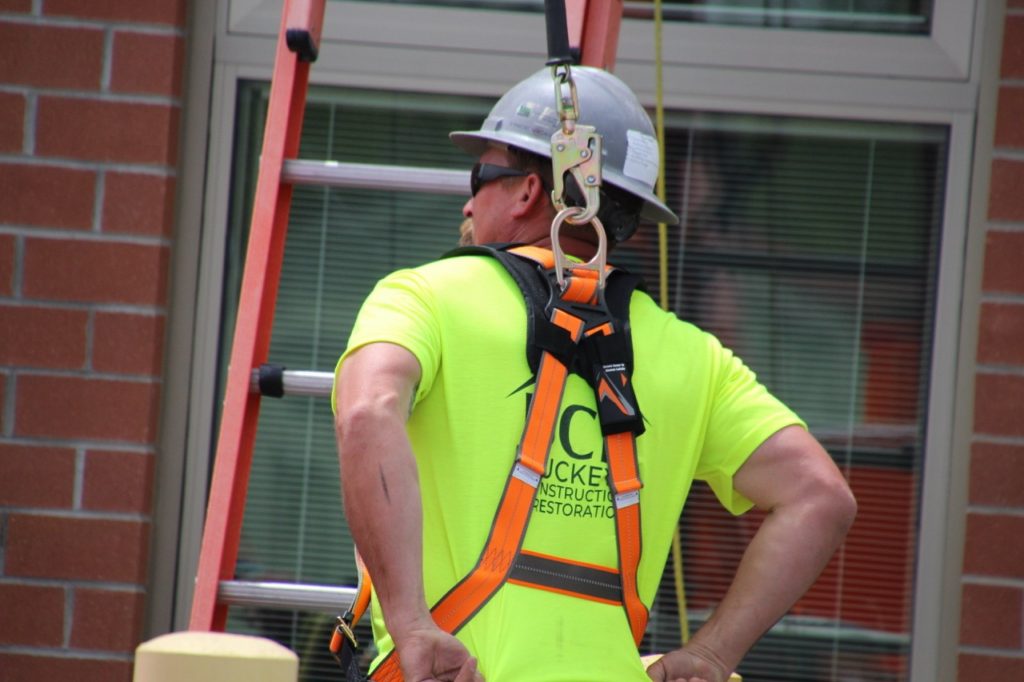Ensuring Solid Foundations: The Vital Role of Safety Plans
Words: Isa Stein
Sponsored By

In the world of masonry construction, safety isn't just a priority; it's a fundamental requirement for success. The Occupational Safety and Health Administration (OSHA) emphasizes the critical importance of having a comprehensive safety plan in place to protect workers from potential hazards. In this article, we dive into the key components of a safety plan, as outlined by OSHA, and why masonry professionals should prioritize safety to build a strong and secure foundation for their projects.
OSHA Requirements for Safety Plans
Written Safety Plans (1926.502(d)(2))
OSHA mandates that masonry companies have a written fall protection rescue plan. This plan should address procedures, equipment, and personnel necessary for a swift and efficient rescue in the event of a fall. Even when Personal Fall Arrest Systems function correctly, there remains a risk of suspension trauma, emphasizing the need for a well-thought-out rescue strategy. The worker’s body weight places pressure on the harness straps, which can compress the veins, and cause blood to pool in the lower extremities and reduce blood return to the worker’s heart.

Creating a Fall Rescue Plan
You need a plan of action for your team to follow in the event of an emergency. A rapid rescue plan is essential for preventing secondary injuries and even death that can occur in a fall incident. Creating a rescue plan arms workers with the knowledge and processes they need to follow in the event of an emergency to prevent injury or death.
Aided Rescue
A worker suspended from a lifeline, unable to perform self-rescue, requires assistance from trained rescuers using proper equipment. Aided rescue is crucial to swiftly address a fall incident and prevent further harm or fatalities. Off-site emergency response personnel may be involved, but it's essential for on-site personnel to be trained and equipped for such scenarios.
Self-Rescue
Equipping workers with proper personal fall protection gear and training empowers them to perform self-rescue. This method allows a fallen worker to alleviate pressure on the legs or, in some cases, lower themselves to a safer level. While aided rescue plans are common, providing options for self-rescue can be invaluable in certain situations.

Fall Protection and Safety
Fall Protection Plan
Beyond a rescue plan, having a comprehensive fall protection plan is paramount. Falls are a leading cause of workplace injuries, prompting OSHA to consistently cite companies for fall protection violations. A fall protection plan, including hazard assessments and preventive measures, is a proactive approach to keep your team safe.
How to Keep Your Team Safe
The cornerstone of safety lies in having a plan before work begins. Prioritize the development of a fall protection plan, ensuring workers are trained on its implementation and have access to necessary equipment. Malta Dynamics provides a downloadable Fall Protection Plan template, offering a structured approach to safeguarding your team.
OSHA fines for fall protection violations can be substantial. By implementing and adhering to a comprehensive safety plan, masonry companies can mitigate the risk of fines and legal complications and, most importantly, protect the well-being of their workforce.
In the intricate world of masonry construction, the importance of having a safety plan cannot be overstated. As outlined by OSHA, a written rescue plan, fall protection plan, and a commitment to training are crucial elements for fostering a secure working environment. By prioritizing safety, masonry professionals not only ensure compliance with regulations but also build a resilient foundation for success in the industry.
For more detailed information on regulations, visit www.osha.gov.